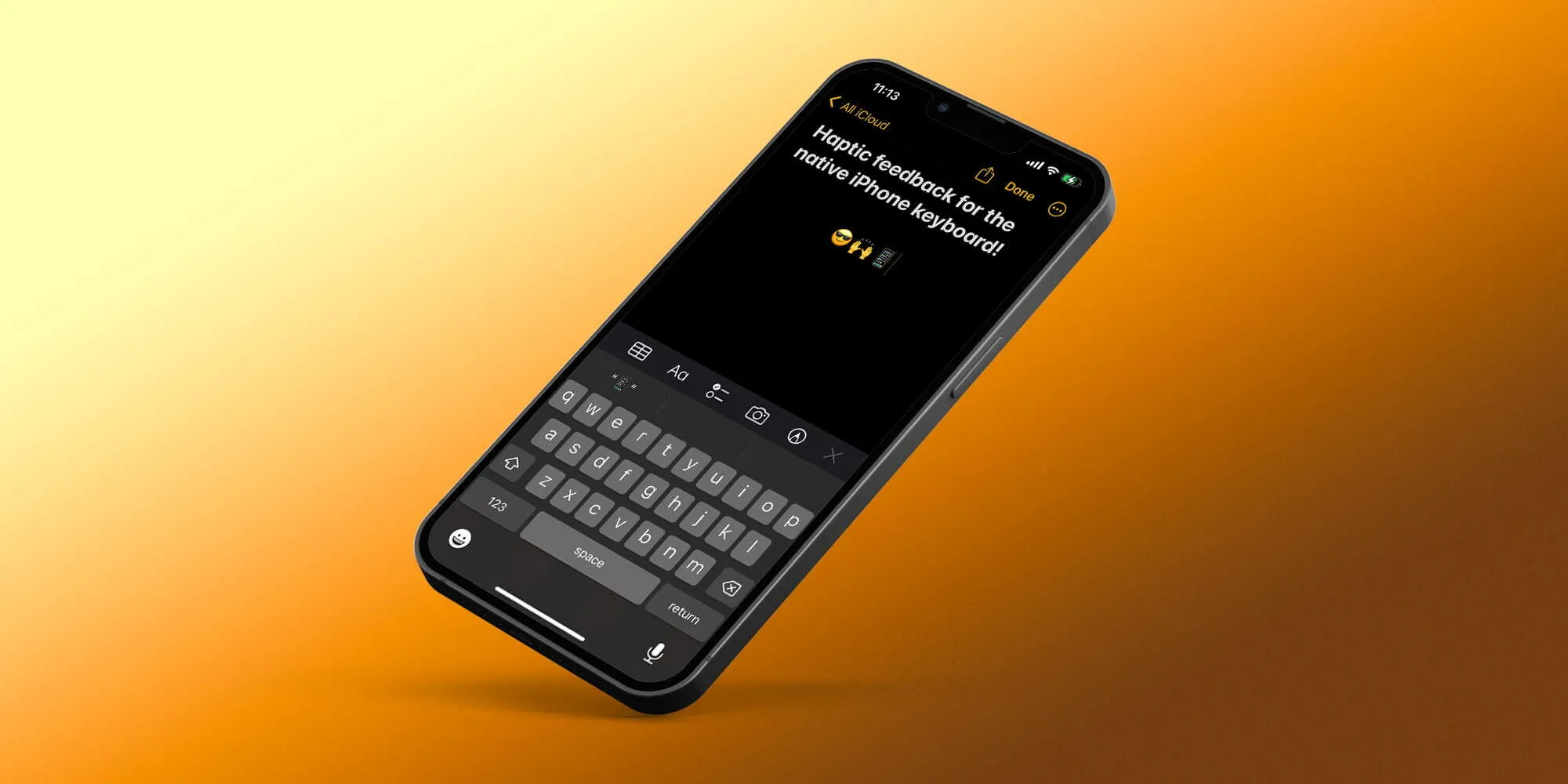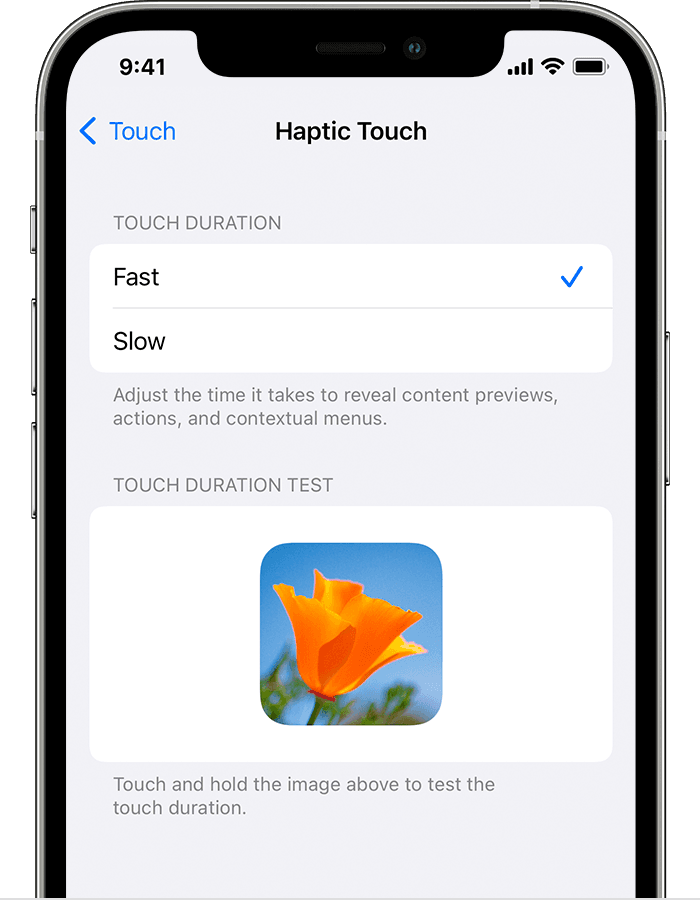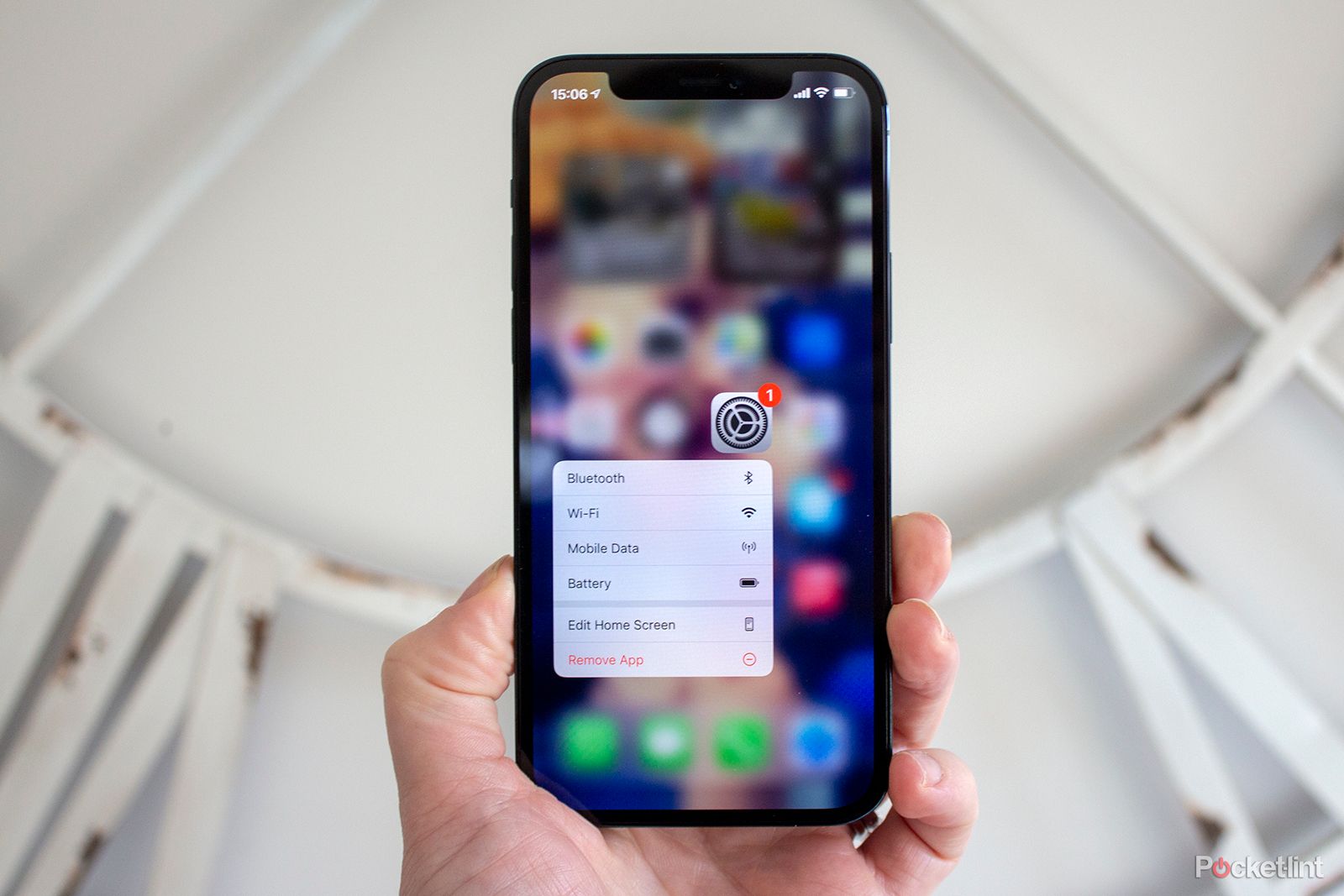In this article, you will learn about the haptic technology on iPhones. Haptics refers to the tactile feedback that your iPhone provides through vibrations and subtle movements. We will explore how haptic technology enhances the user experience and makes interactions with your iPhone more immersive. Additionally, we will discuss the various applications of haptics, such as gaming and accessibility features. By the end, you will have a better understanding of how haptics work on your iPhone and how they can enhance your overall user experience.

Table of Contents
- Exploring the Haptic Technology on iPhone
- Definition of Haptic Technology
- Introduction to Haptics on iPhone
- Benefits of Haptic Feedback on iPhone
- Evolution of Haptic Technology
- Early Development of Haptic Technology
- Integration of Haptic Feedback in iPhones
- Advancements in Haptic Technology on iPhone
- Working Mechanism of Haptic Feedback on iPhone
- Components of Haptic Feedback System
- Taptic Engine: The Key Element of Haptic Technology
- Process of Transmitting Haptic Feedback
- Applications of Haptic Technology on iPhone
- Enhanced User Interaction through Haptic Feedback
- Gaming Experience with Haptic Technology
- Accessibility Features for Individuals with Disabilities
- Designing Effective Haptic Feedback on iPhone
- Challenges in Designing Haptic Feedback
- Importance of Customizability and Personalization
- Tips for Creating Immersive Haptic Experience
- Future Prospects of Haptic Technology on iPhone
- Integration of Haptic Feedback in Augmented Reality
- Potential Impact on Virtual Reality
- Innovations in Haptic Feedback Technology
- Comparison with Other Haptic Technologies
- Conclusion
Exploring the Haptic Technology on iPhone
Definition of Haptic Technology
Haptic technology is a sensory feedback technology that provides a sense of touch and tactile feedback through vibrations or motion. This technology allows users to experience realistic touch sensations when interacting with electronic devices, such as smartphones. The haptic feedback on iPhones is designed to enhance the user experience by providing a more immersive and engaging interaction.
Introduction to Haptics on iPhone
Haptic feedback on iPhones, also known as the Taptic Engine, is a revolutionary feature that allows users to feel physical sensations while using their devices. With haptics, users can experience precise and subtle vibrations that simulate different textures and actions. This technology has been integrated into various aspects of the iPhone, including system controls, notifications, and app interactions, making the overall user experience more intuitive and immersive.
Benefits of Haptic Feedback on iPhone
The integration of haptic feedback on iPhone offers several benefits to users. Firstly, it enhances user interaction by providing tactile feedback that helps users navigate through the device’s interface more efficiently. For example, when using the iPhone’s virtual keyboard, haptic feedback can simulate the feeling of pressing physical buttons, making typing more accurate and responsive.
Secondly, haptic feedback adds a new dimension to the gaming experience on the iPhone. With precise vibrations and feedback, gamers can feel the impact of in-game actions, such as explosions or collisions, creating a more immersive and realistic gameplay experience.
Furthermore, haptic feedback also benefits individuals with disabilities by providing accessibility features. For users with visual impairments, haptic feedback can serve as an alternative way of receiving notifications and interacting with the device, improving their overall accessibility and usability.
Evolution of Haptic Technology
Early Development of Haptic Technology
The development of haptic technology can be traced back to the early 20th century when pioneers began exploring ways to add tactile feedback to electronic devices. However, it is in recent years that advancements in materials, miniaturization, and electronic components have made haptic feedback more practical and widely accessible.
Integration of Haptic Feedback in iPhones
Apple has been at the forefront of integrating haptic feedback into its devices, starting with the introduction of the Taptic Engine in the iPhone 6s. This small but powerful engine combines linear actuation with a sophisticated feedback system, allowing for precise and realistic vibrations. Since then, Apple has continued to refine and improve the haptic technology in its iPhones, resulting in a more immersive and seamless user experience.
Advancements in Haptic Technology on iPhone
Over the years, Apple has made significant advancements in haptic technology on the iPhone. With each new generation of iPhones, the Taptic Engine has become more refined, offering enhanced vibrations and a wider range of feedback. This advancement enables developers to create more immersive apps and games that leverage the haptic capabilities of the device.

Working Mechanism of Haptic Feedback on iPhone
Components of Haptic Feedback System
The haptic feedback system on the iPhone consists of several key components. Firstly, there is the Taptic Engine, which is responsible for generating the vibrations and tactile feedback. It is a small, motor-like component that converts electrical signals into physical movement.
Additionally, the haptic feedback system includes sensors that detect user interactions, such as touches and gestures. These sensors provide input to the Taptic Engine, enabling it to generate appropriate haptic feedback based on the user’s actions.
Taptic Engine: The Key Element of Haptic Technology
The Taptic Engine is the heart of haptic technology on the iPhone. It uses a combination of electromagnets and a small metal mass to create precise and customized vibrations. By varying the intensity, frequency, and duration of these vibrations, the Taptic Engine can simulate a wide range of sensations, from a gentle tap to a stronger pulse.
Process of Transmitting Haptic Feedback
When a user interacts with their iPhone, the sensors detect the action and send a signal to the Taptic Engine. The Taptic Engine then generates the appropriate vibration pattern or tactile feedback based on the input. This feedback is transmitted to the user through the iPhone’s display or through the device’s chassis, allowing the user to feel the feedback in their hand.
Applications of Haptic Technology on iPhone
Enhanced User Interaction through Haptic Feedback
Haptic feedback enhances user interaction by providing tactile cues that guide users through different actions and gestures on their iPhone. For example, when scrolling through a list, haptic feedback can provide a subtle vibration when reaching the end of the list, giving users a physical indication of the limit.
Gaming Experience with Haptic Technology
Haptic technology has greatly enhanced the gaming experience on the iPhone. By providing precise vibrations and feedback, users can feel the impact of in-game actions, adding a new level of immersion and realism to mobile gaming. For example, when playing a racing game, haptic feedback can simulate the feeling of gripping the steering wheel or the vibrations of a car’s engine.
Accessibility Features for Individuals with Disabilities
Haptic feedback also plays a crucial role in accessibility features for individuals with disabilities. For users with visual impairments, haptic feedback can provide alternative ways of receiving notifications or interacting with the device. By incorporating tactile cues, haptic technology improves the overall accessibility and usability of the iPhone for individuals with disabilities.

Designing Effective Haptic Feedback on iPhone
Challenges in Designing Haptic Feedback
Designing effective haptic feedback requires careful consideration of factors such as intensity, duration, and timing. Balancing these factors is crucial to ensure the feedback is natural and enhances the user experience, rather than being distracting or overwhelming. Designers and developers must also consider the limitations of the Taptic Engine and calibrate the feedback to deliver consistent and reliable results across different iPhone models.
Importance of Customizability and Personalization
Customizability and personalization are key to creating an immersive haptic experience. The ability for users to customize the intensity and types of haptic feedback allows them to tailor the experience to their preferences and needs. This level of personalization enhances user satisfaction and engagement, creating a more enjoyable overall experience.
Tips for Creating Immersive Haptic Experience
When designing haptic feedback, it is important to focus on creating a natural and intuitive experience. Simulating real-world sensations and matching them to the user’s actions can greatly enhance the sense of immersion. Additionally, designers should consider the context in which the haptic feedback occurs and align it with the overall user interface design to create a cohesive and seamless experience.
Future Prospects of Haptic Technology on iPhone
Integration of Haptic Feedback in Augmented Reality
As augmented reality (AR) continues to evolve, the integration of haptic feedback in AR applications holds immense potential. By combining visual and tactile feedback, AR experiences can become even more immersive and interactive. For example, in a virtual shopping experience, haptic feedback can simulate the feeling of touching a product, enhancing the overall realism.
Potential Impact on Virtual Reality
Similarly, haptic technology has the potential to revolutionize the virtual reality (VR) industry. By providing realistic tactile feedback, users can feel the virtual environment they are immersed in, enhancing the sense of presence and making VR experiences more compelling. The integration of haptic feedback in VR headsets may open up new possibilities for gaming, training, and other applications.
Innovations in Haptic Feedback Technology
The haptic feedback technology on iPhones continues to evolve, with Apple consistently introducing new innovations. As technology progresses, we can expect advancements in haptic actuators, allowing for even more precise and realistic feedback. Additionally, improvements in software and firmware will enable developers to create increasingly sophisticated haptic experiences that push the boundaries of what is possible.

Comparison with Other Haptic Technologies
Comparison with Android’s Haptic Feedback
While both iPhones and Android devices offer haptic feedback, there are some notable differences. Apple’s Taptic Engine provides a more subtle and precise feedback, allowing for a wider range of sensations. On the other hand, Android devices typically use vibration motors, which offer a more conventional buzz-like haptic feedback. The Taptic Engine’s customization options and refined feedback make the haptic experience on iPhones stand out.
Differences between Tactile and Haptic Feedback
It is important to distinguish between tactile and haptic feedback. Tactile feedback refers to the physical sensation of touch, while haptic feedback encompasses a broader range of sensations beyond just touch, including vibrations and motion. In the context of the iPhone, haptic feedback involves both tactile sensations and precise vibrations, creating a more immersive and engaging experience.
Conclusion
In conclusion, the haptic technology on iPhones, powered by the Taptic Engine, has transformed the user experience by providing precise and realistic feedback. From enhancing user interaction to improving accessibility and gaming experiences, haptic feedback has become an integral part of the iPhone’s functionality. As haptic technology continues to evolve, we can look forward to more immersive and engaging experiences on our iPhones, with potential applications in augmented reality and virtual reality. The integration of haptic feedback opens up new possibilities for developers and users alike, offering a world of tactile sensations at your fingertips.

